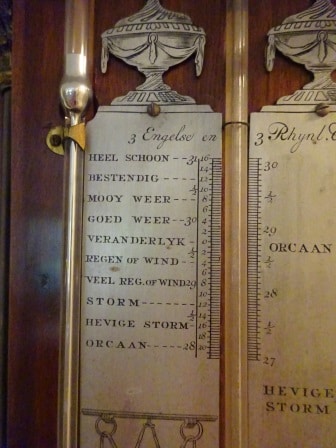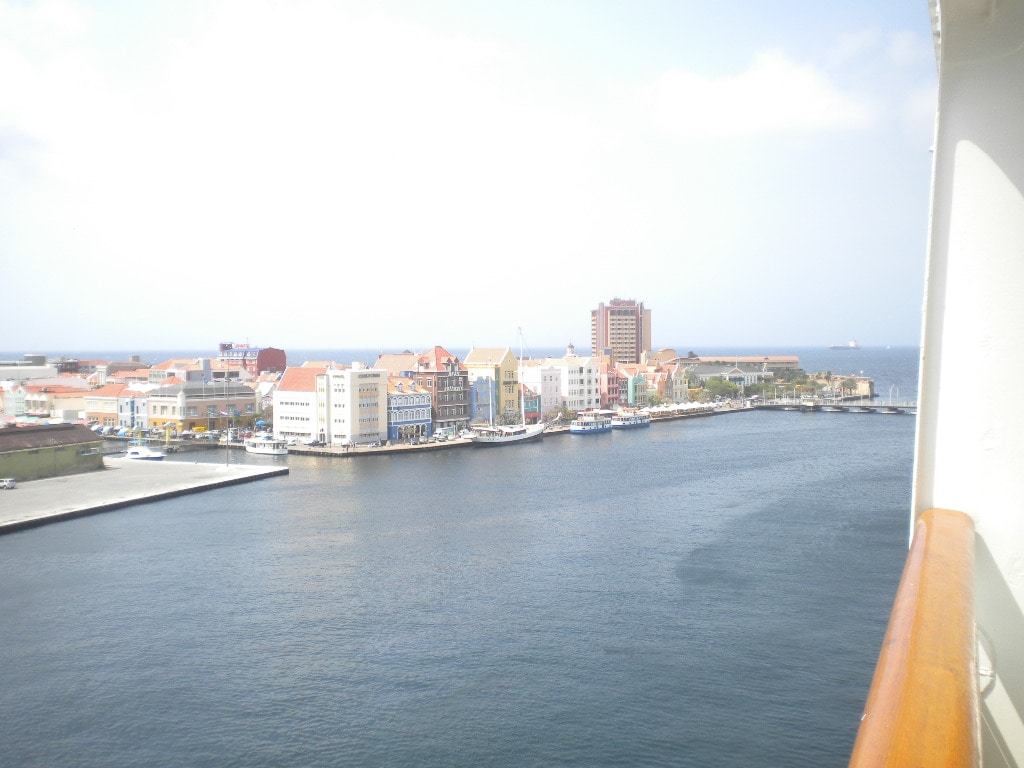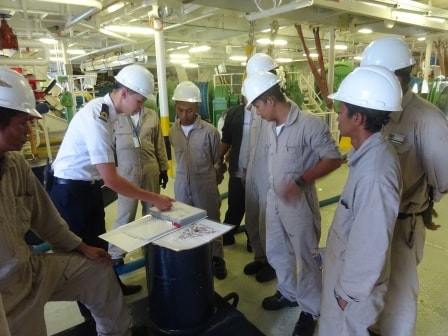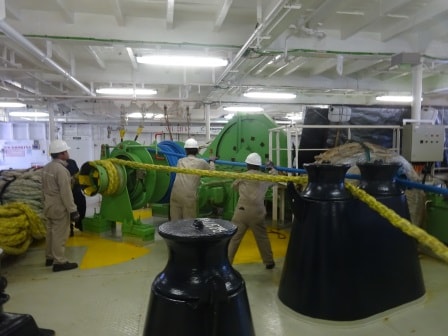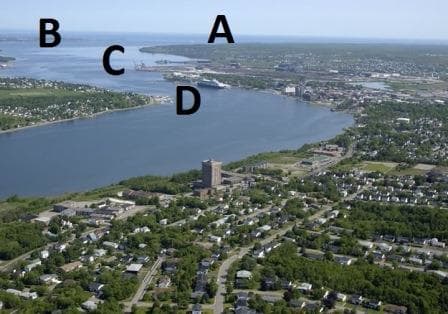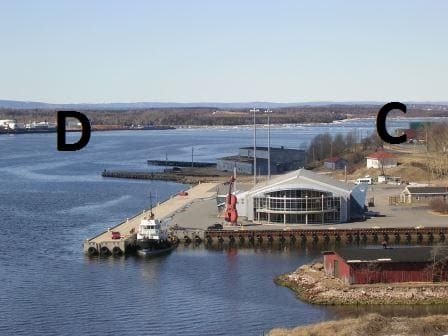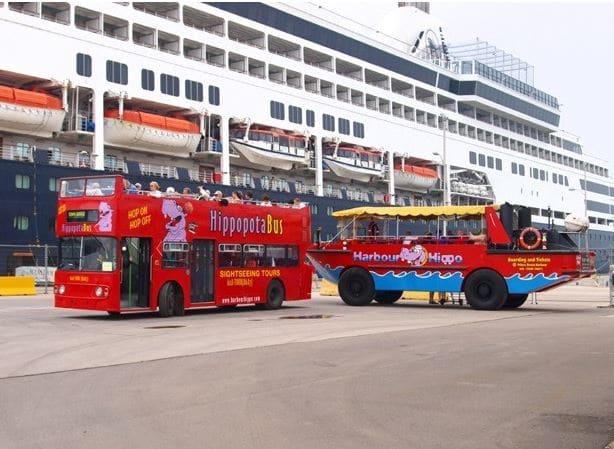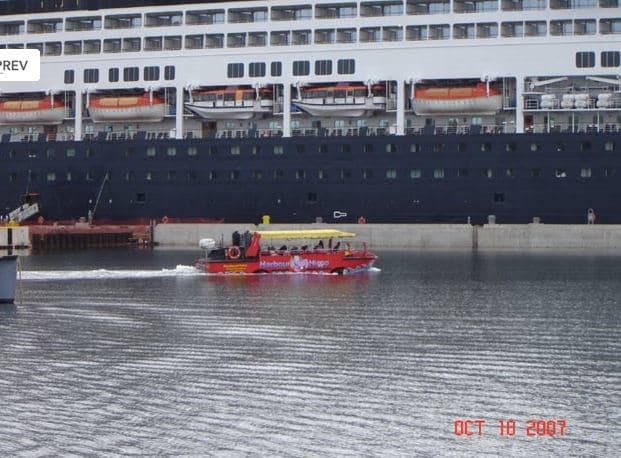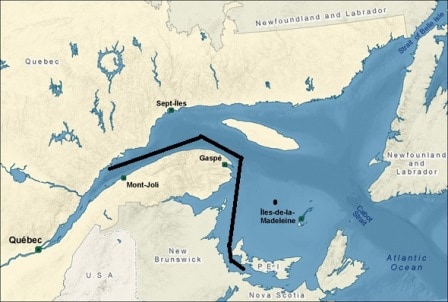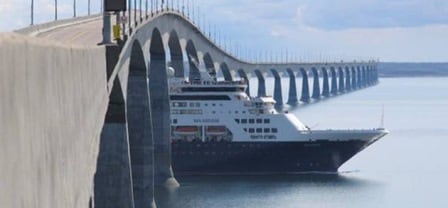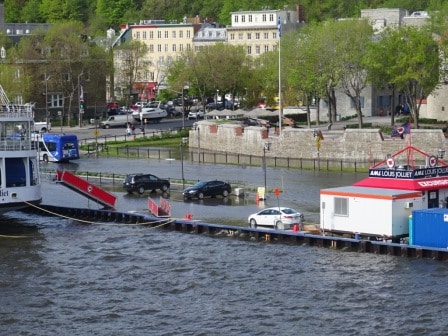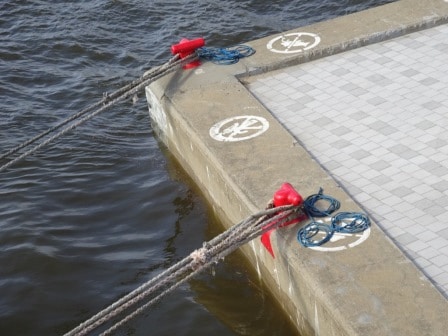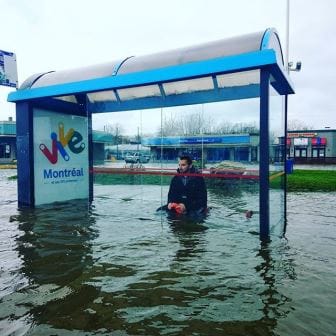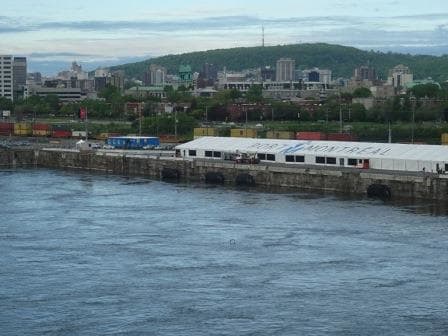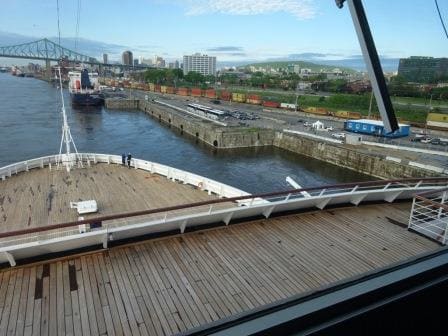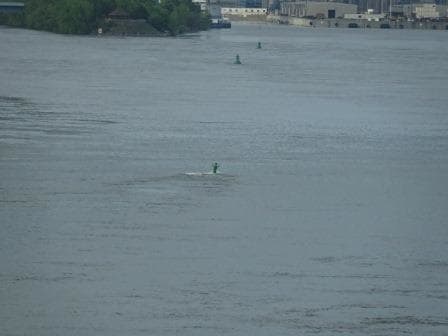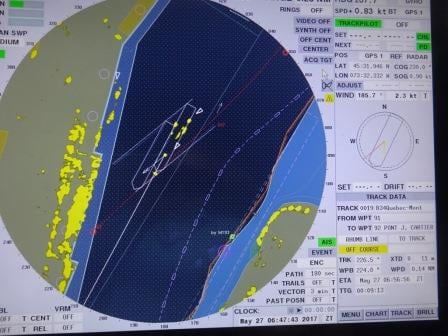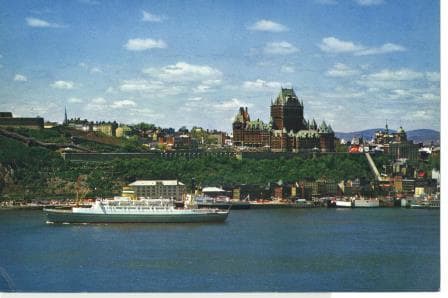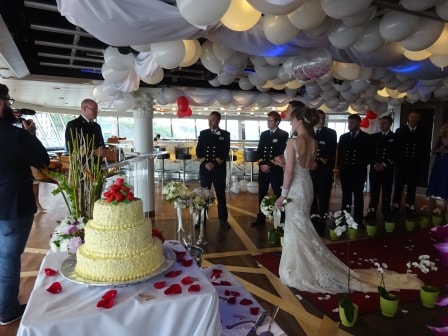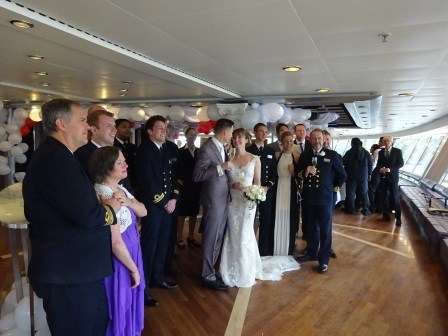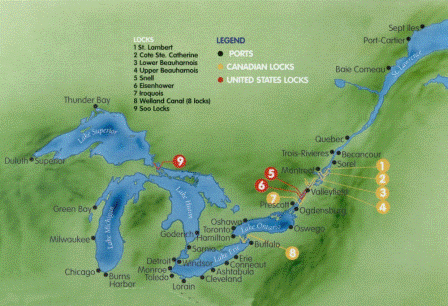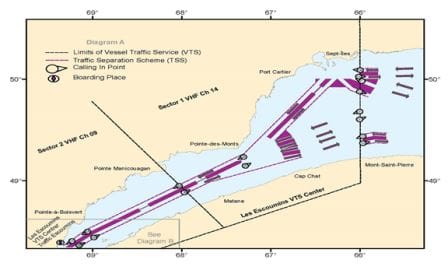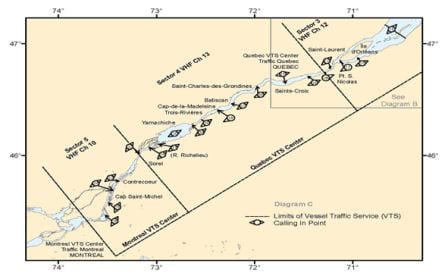Our turn around call took place during a very nice day. The sun was shining and it was not too warm. If there is no huffing and puffing because of the warmth, then that is already a good start of the cruise. We are having a sold out cruise again with now also the 4 berth cabins filled. As a result we have almost a 100 guests more on board than what we consider normally capacity: all lower beds filled. Club HAL is going to be busy this cruise.
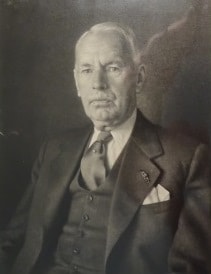
Mr. Adriaan Gips. Was involved with the company from the turn of the century until after the 2nd. world war.
I was a man with a mission today. Recently I was contacted by a family from Hannover (North of Boston, not in Germany) who advised they had in their possession a Barometer. According to family lore this barometer was given by Holland America Line to one of its Board of Directors members Mr. Adriaan Gips, who was also the man who basically ran the Holland America Line and half of the Dutch Merchant fleet from New York during the 2nd world war. Mr. Gips passed away a long time ago but the Barometer remained in the family. Now the current owner is entering the twilight of her life and wondered if it would be interesting if it could be preserved for future generations by one of the museums in Holland. For it to be of interest depends if there is a story to it. Thus I went to have a look.
I was collected from the ship at 08.00 hrs. by the son and daughter in law of the current owner and it took more than two hours to get there. As a Dutchman I am still amazed how little American people think about spending time in the car. From my old home in Holland, I could make it in two hours to Antwerp and in three hours to the outskirts of Paris. Now driving for two hours and I was barely outside the Boston. (And they had to take me back again as well) What was I expecting a nice barometer on a board with maybe an inscription or another indication indicating a gift by the Holland Amerika Lijn.
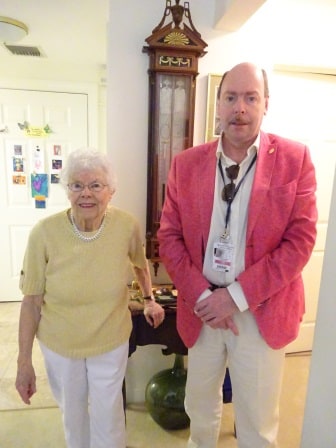
The current owner is 95 years old and still doing very well. I am still looking a bit shocked as I had only just seen the Barometer for the first time.
What did I find, was a probably early 19th century high quality barometer which would have hung in a well to do house or a shipping office. I was quite shocked, then mightily impressed and then puzzled. I do not know what age the barometer exactly is, apart from somewhere after 1795 to 1840 but it predates the company by a lot of years. So now we have a puzzle:
- Did the HAL buy the barometer as an expensive retirement present for Mr. Gips?
- Did Mr. Gips have it all his life and bought it himself sometime or does go back even further as his predecessors were sailors?
- Did it come from another shipping company Mr. Gips was involved in?
I have no idea what to think of this as there is no documentation as of yet. First step is now to contact the Maritime Museum in Rotterdam to get the expertise from the curators and also reach out to all the historians and shipping researchers as they might have somewhere a photo of the retirement party of Mr. Gips and with a bit of luck the present might be on the photo. It is going to be an interesting journey and I have no way of knowing where it will end. I hope there might be a reader among you who has a contact somewhere or knows somebody who has some insight.
As traffic was not too bad in Boston today I made it back timely to the ship. Next call Boston for the Maasdam on 17 of June it is going to be mayhem as the Tall Ships are coming in. I will not see this as I will be looking at Glaciers by that time in Alaska. But Captain van Dreumel from the Maasdam and Captain O’Driscoll from the Veendam are already making contingency plans in case Shore operations cannot get all the buses in on time in the afternoon.
Today all the buses were on time and thus the ship sailed on time and we are on the way back to Bar Harbor where we were yesterday. The weather looks very good. 18oC / 65oF partly cloudy and little wind. It might be time to start messing around with boats again.
